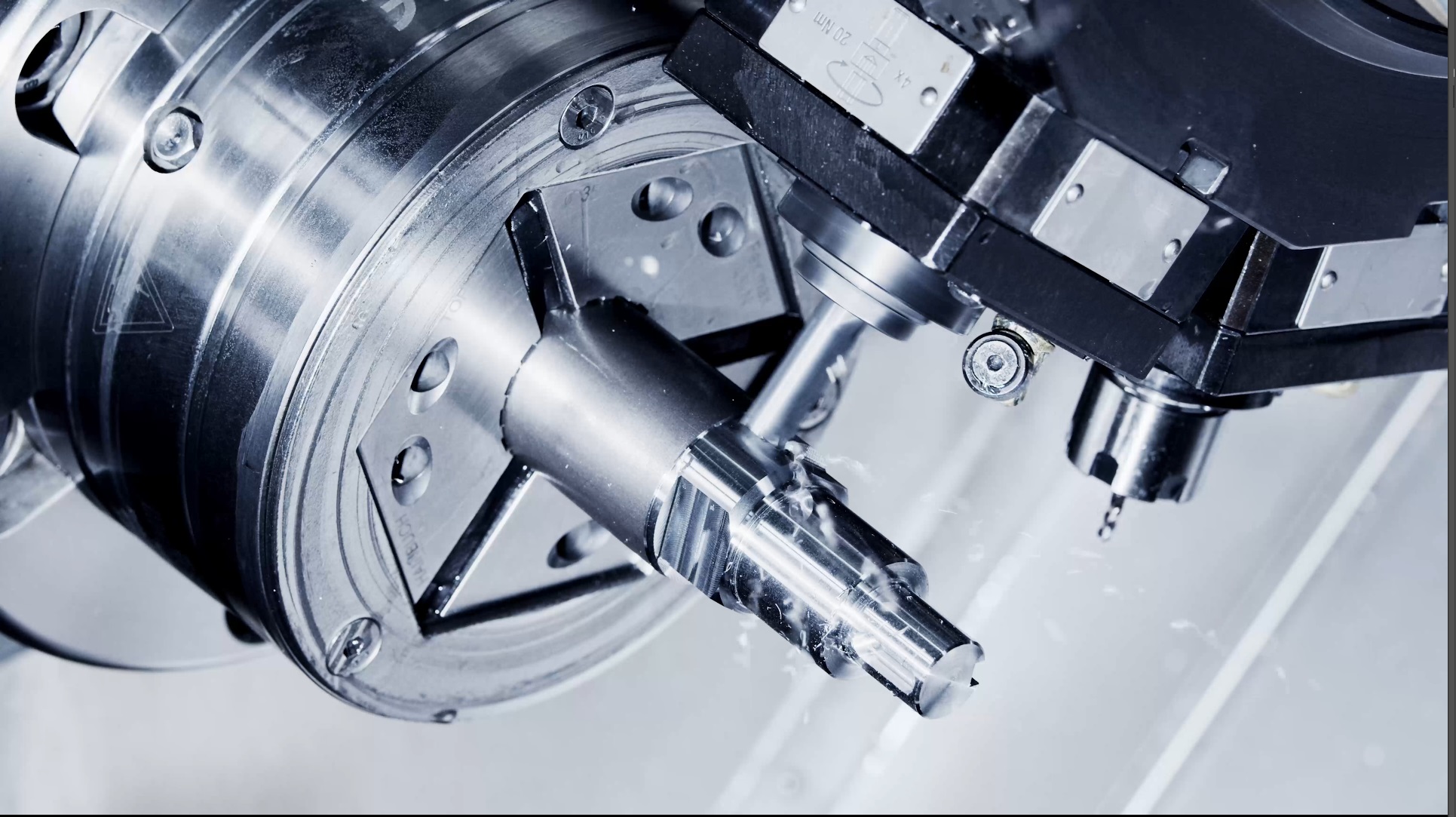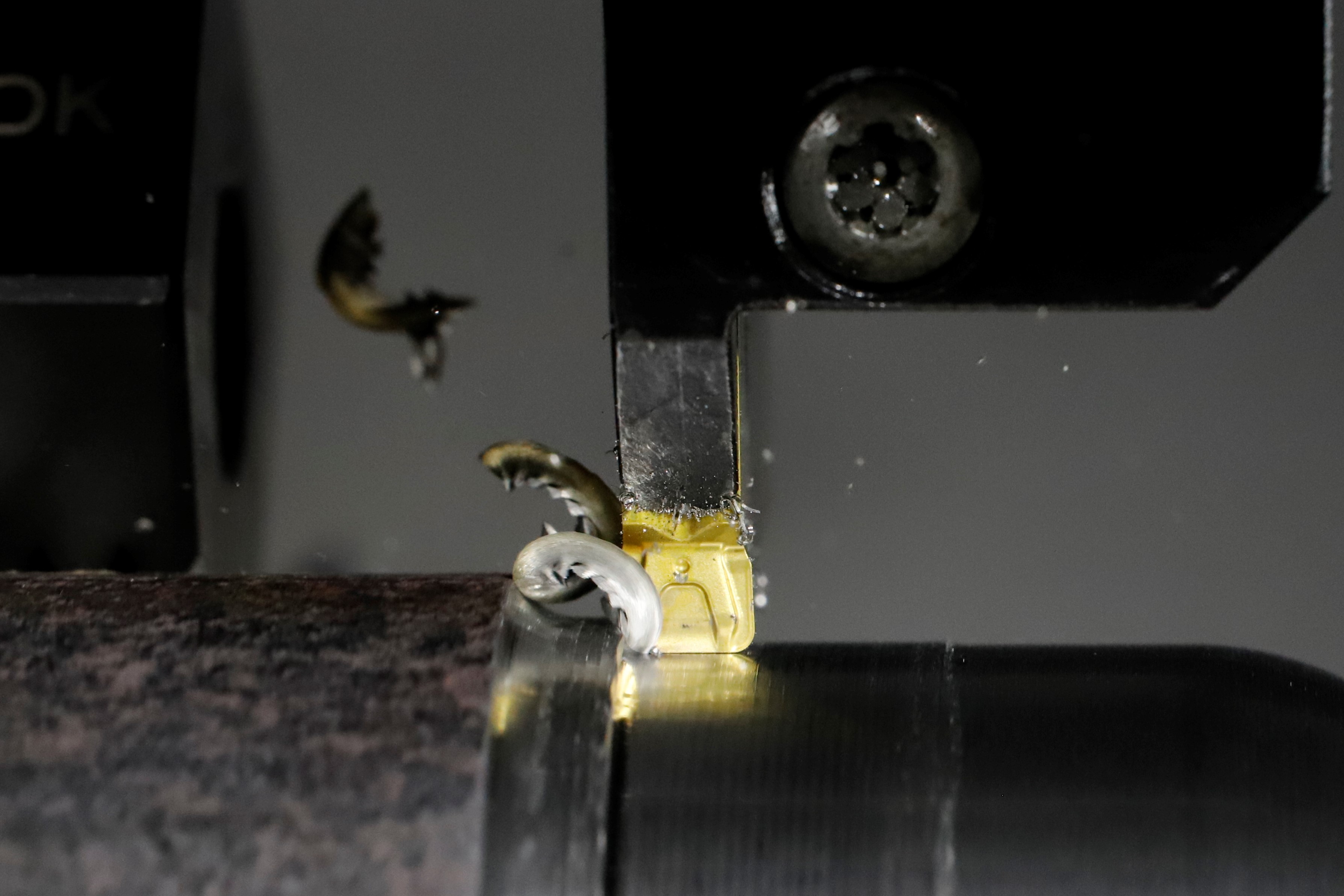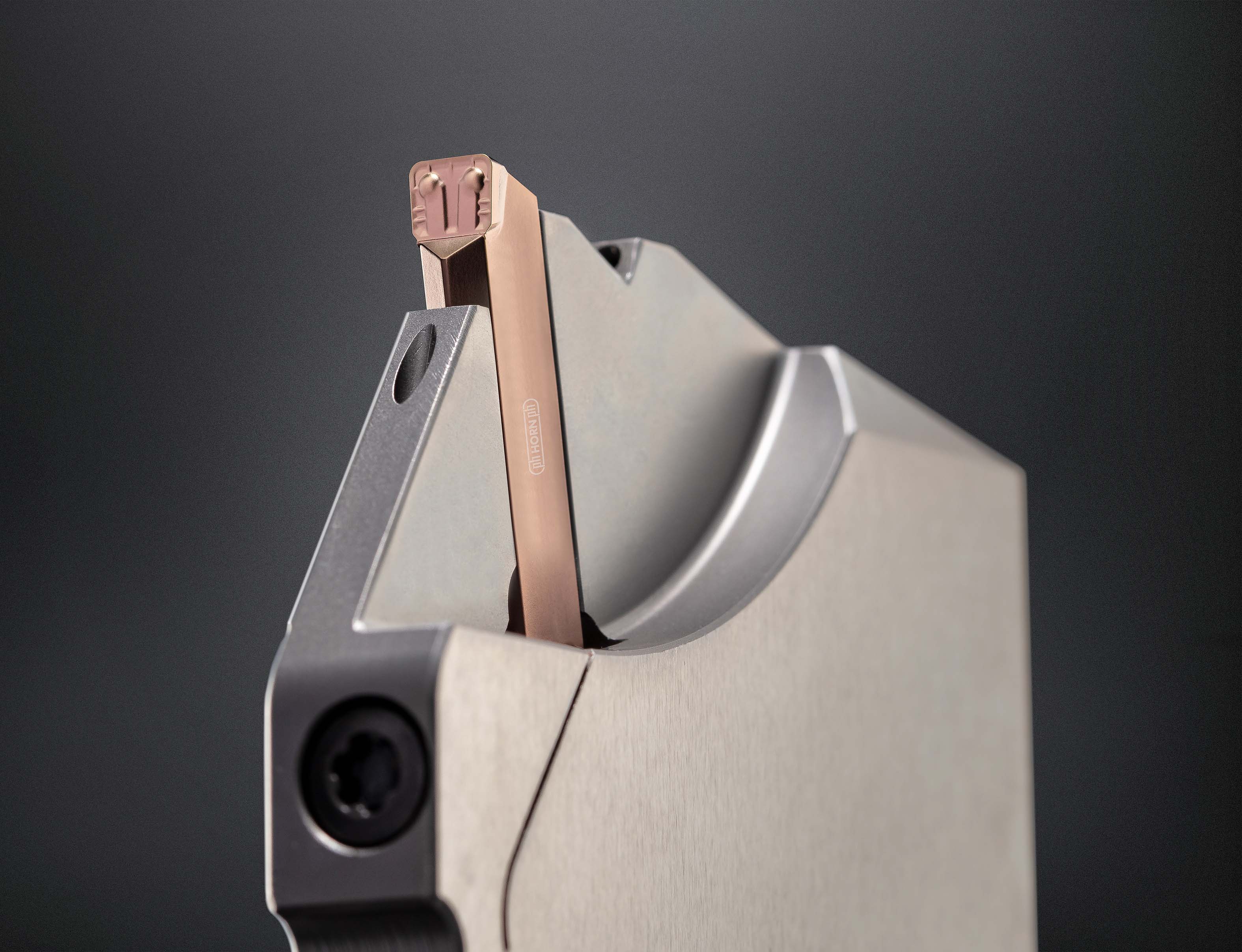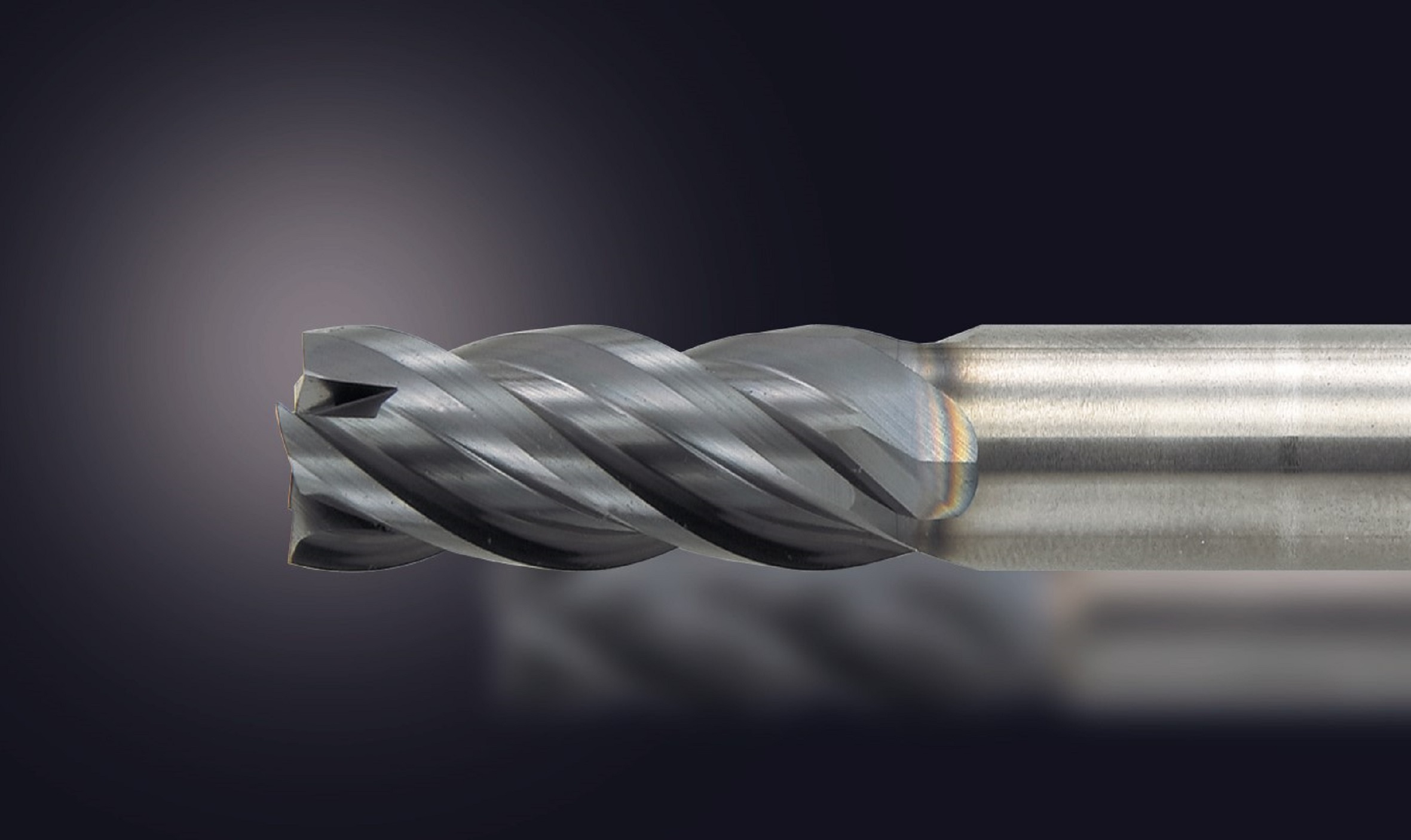
To address the issue of machining soft, tough and high-alloyed materials that create an issue with swarf clearance, Guhring has introduced its RF100 Sharp series of high-performance end mills. Chip jamming and swarf sticking to the cutting tool can create a major impact upon productivity and machining performance, which is why Guhring has developed the new RF100 Sharp series of solid-carbide cutters.
Recognised as Guhring’s sharpest solid-carbide milling tool to date, the new RF100 Sharp delivers high-quality machining results with good swarf evacuation on the most challenging of materials, says the company. Not only does the new RF100 Sharp demonstrate smooth cutting action and chip removal, it is also a versatile end mill that is suitable for slotting, ramping, roughing, helical milling, finishing and trochoidal cutting.
With a rake angle of 12°, the end mills can be applied to materials with high ductility and tensile strength from 300 to 900 N/mm2. This makes the four-flute end mills suitable for machining steel, stainless steel, aluminium, aluminium alloys and other challenging materials.
The performance of the new RF100 Sharp derives from a tough carbide grade that combines with an AlCrN coating to prevent tool breakages under demanding conditions, while the coating technology increases the wear protection, regardless of the cutting speed, says Guhring. Complementing this composition is a geometry that has an optimised facet that dampens vibration, smooths the cutting action and increases tool life. This tool life improvement is further enhanced with a corner protection chamfer that increases stability and edge strength.
For further information
www.guhring.co.uk























